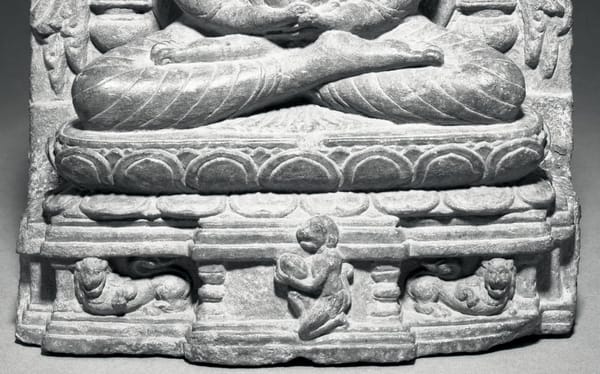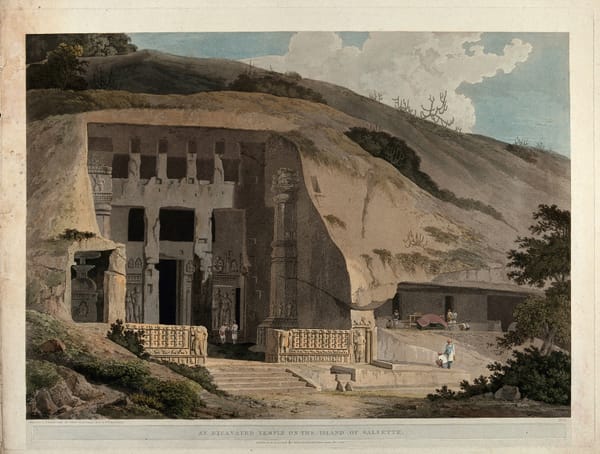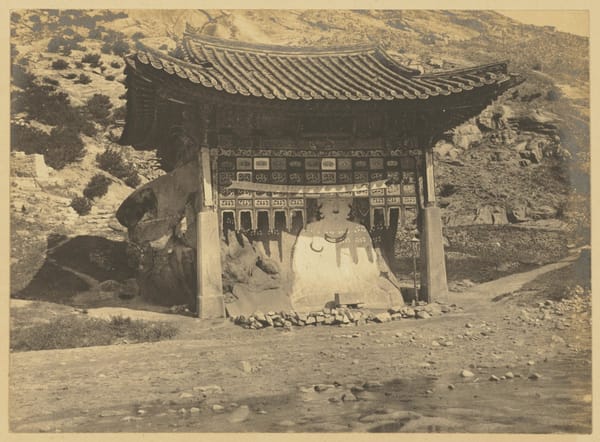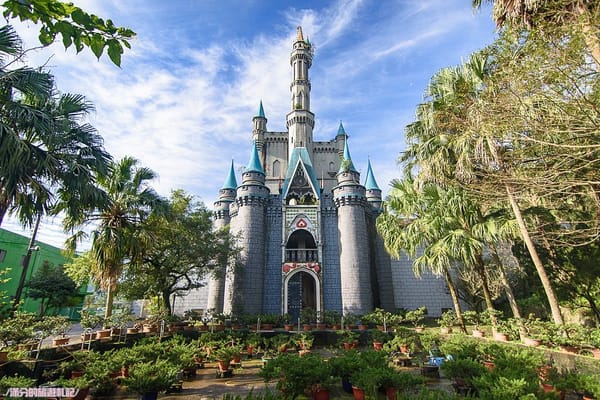Gusinoozersky (Tamchinsky) datsan

Гусиноозёрский (Тамчинский) дацан
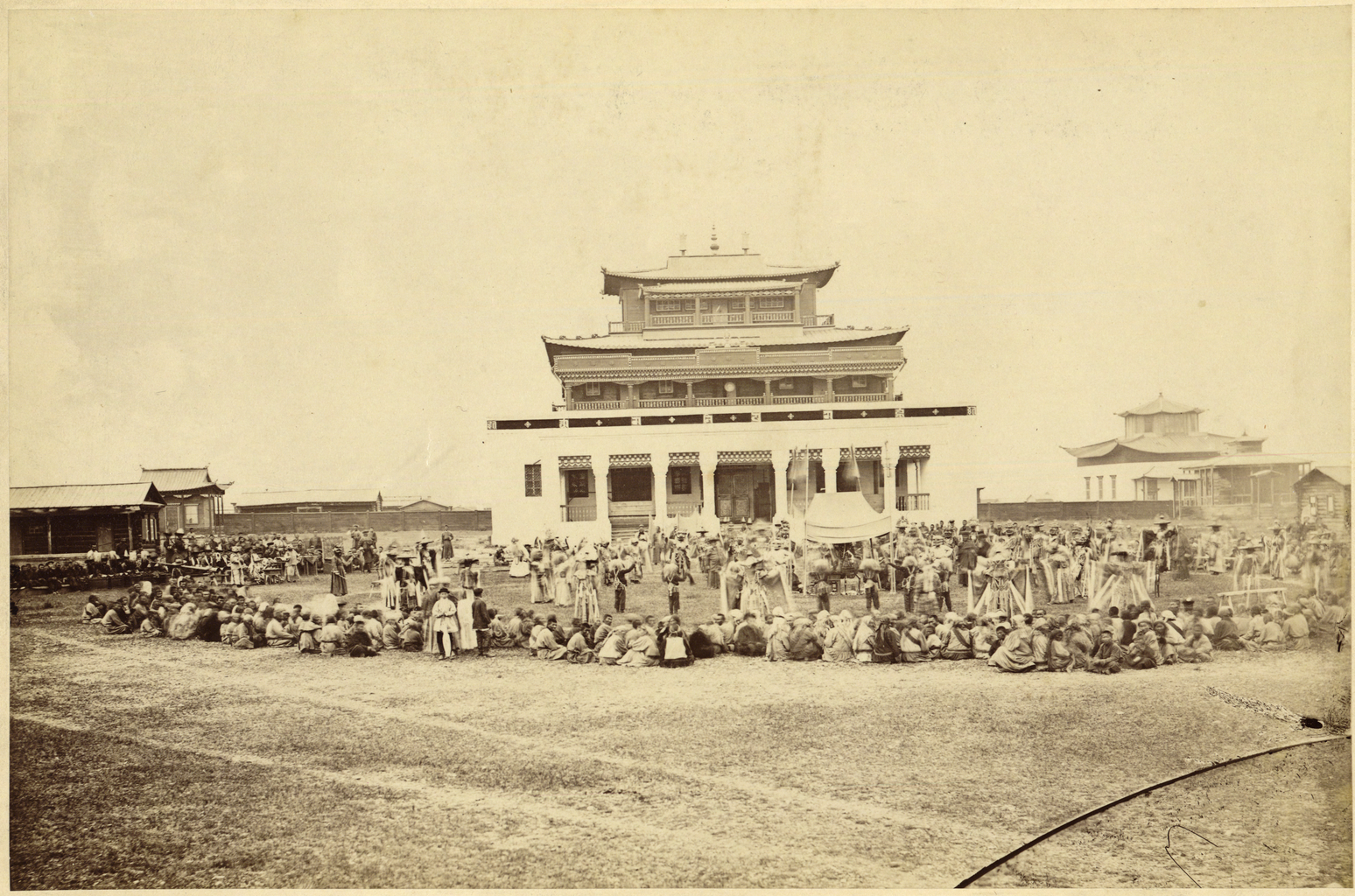
The Tamchinsky datsan is one of the oldest surviving datsans of Russia and the third one founded in the Republic of Buryatia . In 1741, Queen Elizabeth officially declared it the center of Buddhism in Russia. Two of the 17 temples, monuments of Buryat religious architecture of the XVIII – XIX centuries, have survived to this day. Founded in 1741, originally a large yurt as the residence of the head of Buddhist Transbaikalia - Hambo Lama.
Since 1809, it has become the center of administration of Buddhist monasticism, under which, since 1861, there has been an educational religious-philosophical institution or tsannat-choira and book printing.The first wooden church was built in 1750, and by 1848 there were already 17 churches in the complex.In 1858–1870, the main 3-story temple was built in Siberia. Every year, the Tamchinsky datsan hosted the Tsam holiday, a grandiose religious theatrical performance that attracted thousands of believers.
From 1809 to 1927, the Tamchinsky datsan or the Gusinoozersky datsan remained the main datsan of Buryat-Mongolia. Tamchin Datsan was the residence of the official head of the Buddhists of Eastern Siberia- Pandito Hambo Lama, all the other Buryat Buddhist monasteries were subordinated to him. In 1903, there were about 300 houses in the monastery, 900 lamas served the laity, 500 of whom lived permanently in the Tamchin datsan. In 1938, the monastery was closed, most of the temples were destroyed and ransacked. After the datsan was closed, the temple buildings were methodically destroyed. From the mid-1930s, a prison for political prisoners was housed in the buildings of the former temples.
In 1957, the Tamchinsky datsan was declared a historical and architectural monument by the decree of the government of the Republic of Buryatia, and restoration work began on its territory. In October 1990, the two restored churches were again opened to believers. In December 1990, all the rebuilt buildings in it were consecrated by Dalai Lama XIV.
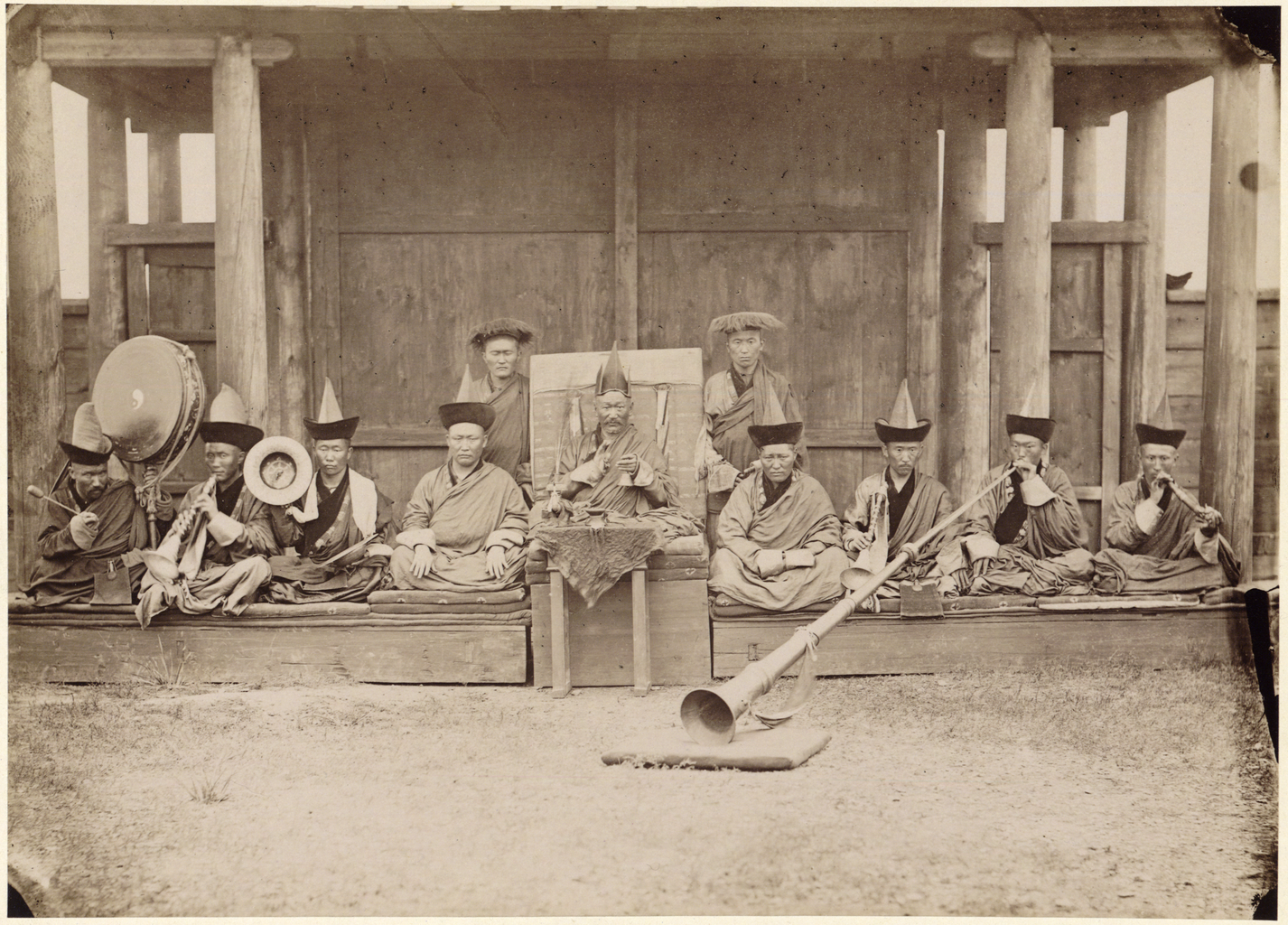
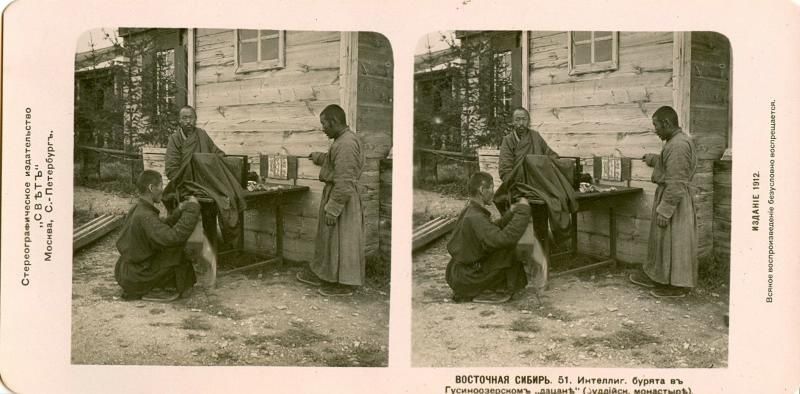
В буддийском монастыре
Дата съемки: 1912 год
Ныне село Гусиное Озеро (Республика Бурятия).
In a Buddhist monastery
Date taken: 1912
Nowadays Gusinoye Ozero village (Republic of Buryatia)
The shoot place
Transbaikal region, Ulus Tamcha
data-latitude="51.12146939425135600000"
data-longitude="106.26488074859583000000"
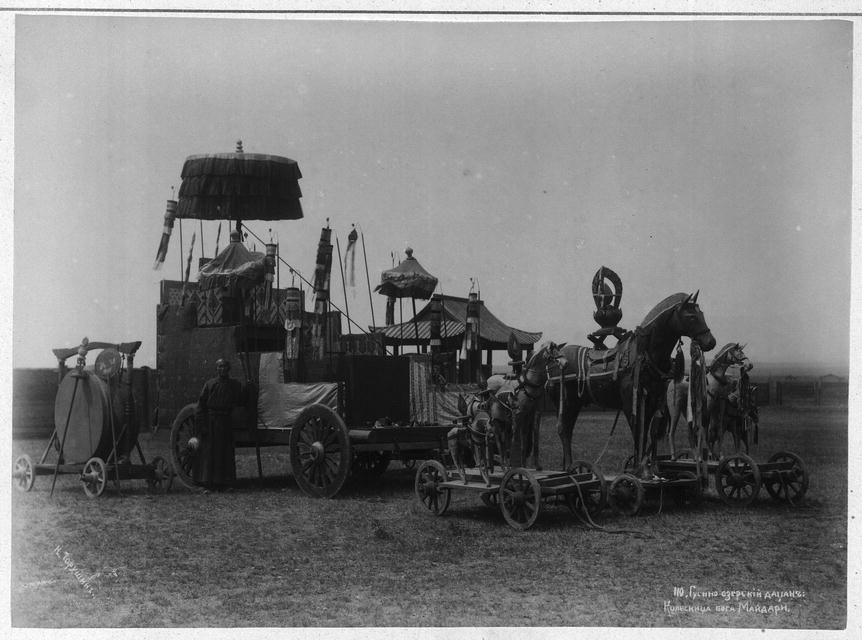
Gusinoozerskii datsan. Kolesnitsa boga Maidari | Charushin, N.A.

This photograph of the main temple at the Gusinoozersk Buddhist monastery (datsan) was taken in 2000 by Dr. William Brumfield, American photographer and historian of Russian architecture, as part of the "Meeting of Frontiers" project at the Library of Congress. Located near Gusinoe Ozero (Goose lake) in the southwestern part of the Republic of Buriatiia (Russian Federation), the Gusinoozersk, or Tamchinskii, datsan was founded in the mid-18th century and in 1809 became the center of Buddhism in eastern Siberia, a position it held until 1930. In 1858 work began on a new main temple to replace the previous wooden temple dating from 1750. In a pattern typical for large Buddhist temples in this area, the main part was built of brick and the upper two stories of wood. The primary entrance (south façade) is contained within a portico with six large masonry columns. Although 1870 usually is given as the date of completion, work continued on the richly decorated interior until the end of the 19th century. As a result of the monastery's closure in the 1930s, the temple was ransacked, and its interior fell into ruin. The temple is now undergoing restoration as part of the revival of the Buddhist cultural and spiritual legacy in Buriatiia.
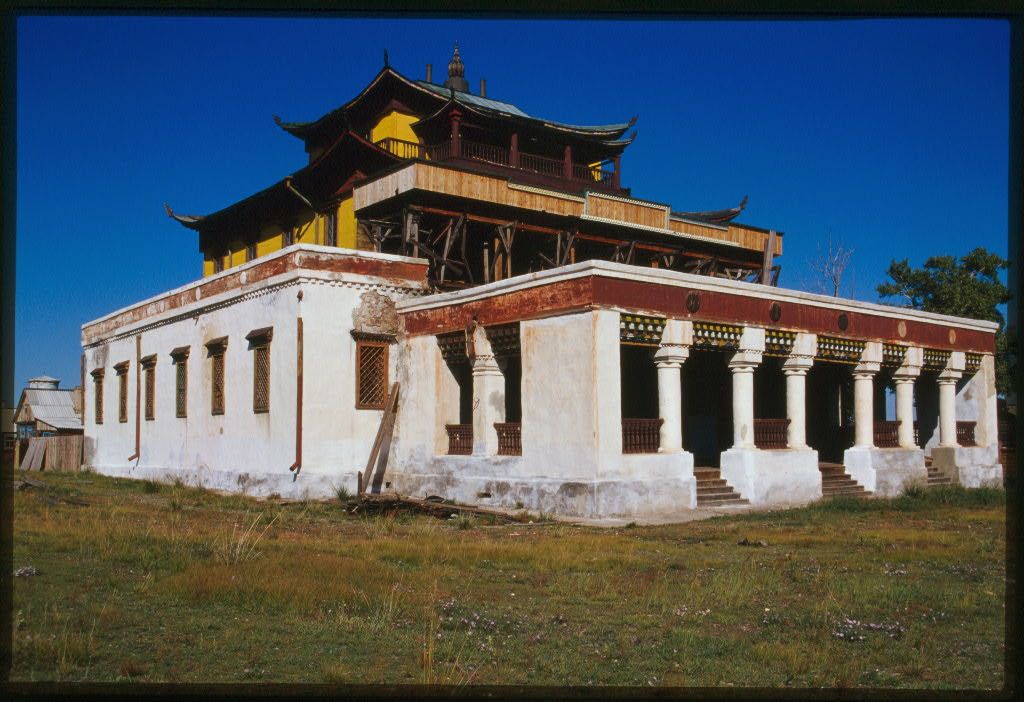
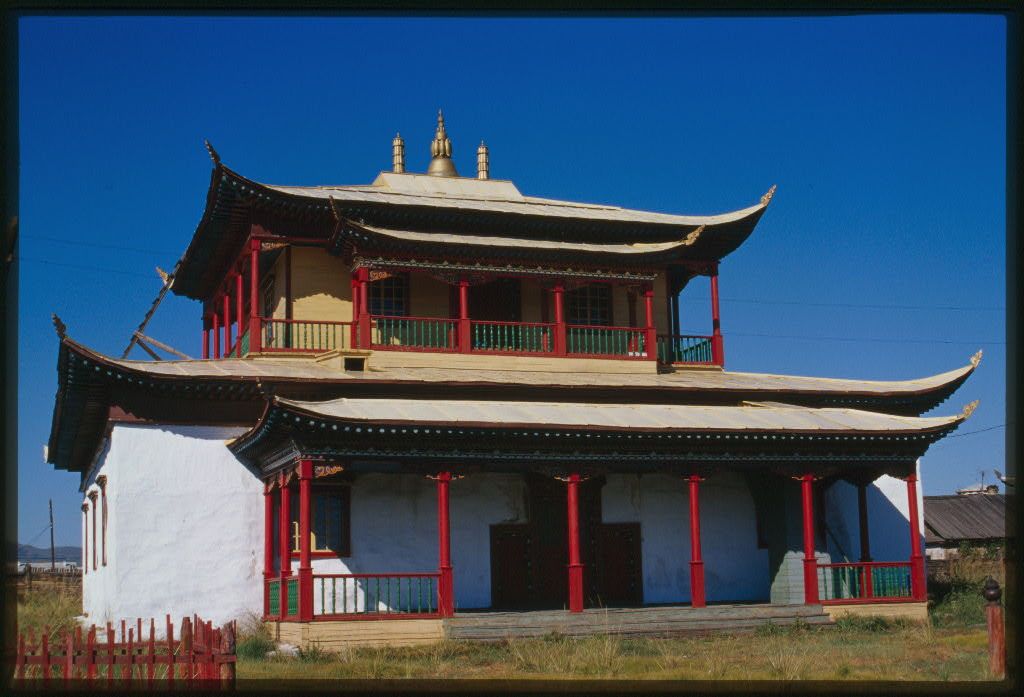
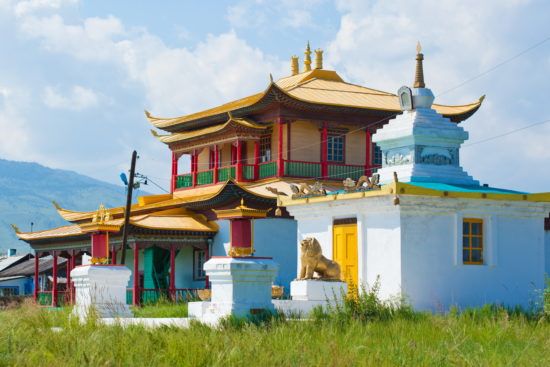
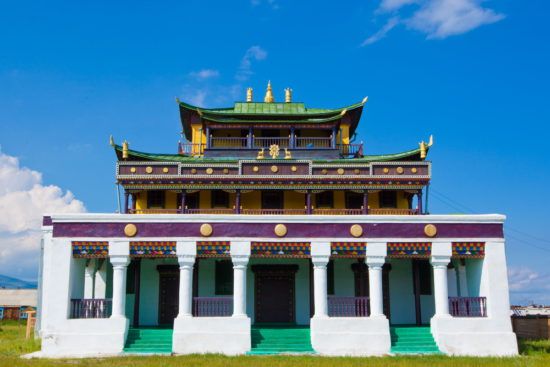
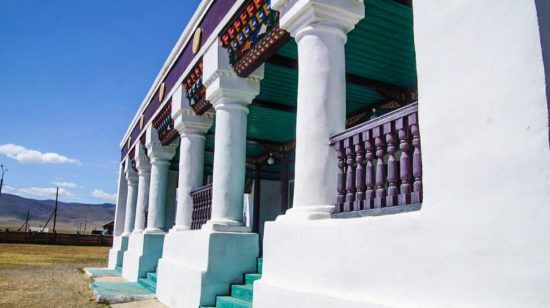
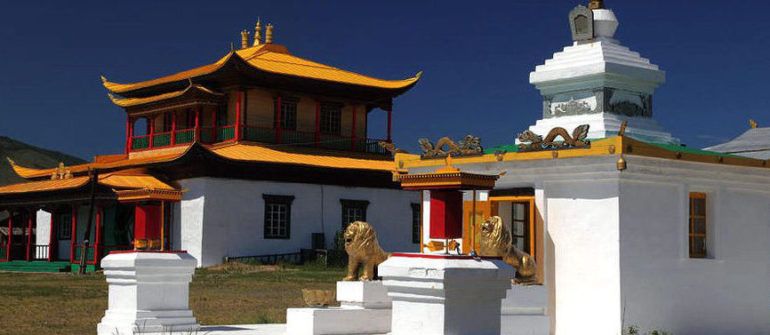
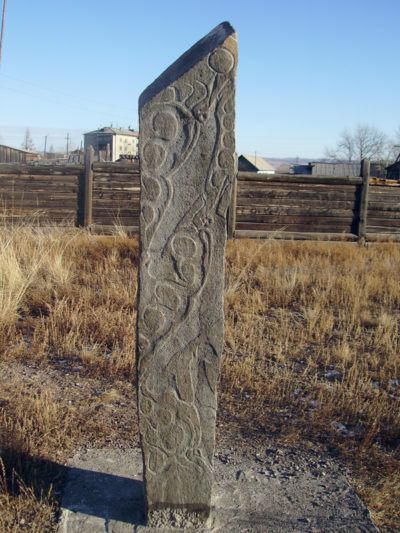
Тамчинский дацан в Бурятии - чем он примечателен?
The attraction of the Tamchinsky datsan is a unique monument of archeology of the 1st millennium BC. Deer stone "Altan Serge" - the Golden Knot. The age of this stone, by definition, is over 3300 years old. This stone is an integral part of the ritual feast of Tsam, held in the past. The deer stone was discovered in September 1989 on the territory of the datsan near the Choiri building in the basement of a disassembled house. The stone was split into 12 pieces. After restoration by specialists of the Hermitage, it was restored to a supposedly former place, near the main temple Tsogchen. On the four-sided stone pillar, thickened in the upper part, there are depicted deer frozen in the Polesie. Deer heads are decorated with 5.6 - turn horns located along the ridge. In the upper corner above the head of a deer is a disk. Today, after 200 years, we see three arches beyond the monastery wall, of which Tsogchen was the main one.
